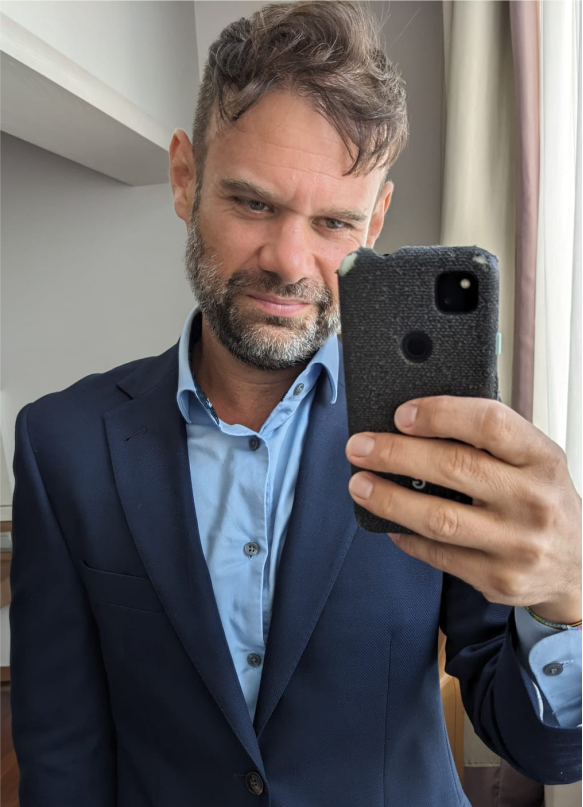Topological photonics
The field of topological photonics has emerged recently with a clear promise: to minimize or even neglect the effect of fabrication imperfection in photonic nanostructures. The topology of a system remains unperturbed by small perturbations of the system and that is precisely what fabrication disorder is. Creating a photonic nanostructure where we can engineer different topological phases opens the door to minimize the effect of mininal and residual perturbations. However, it is not fully clear how we implement these different phases in photonics. We have dragged our attention to solid-state and condensed matter physics where the study of topology is very mature. In electronic systems, the different topological phases are link to fundamental and inherent properties of the electron such as its spin which explain the Quantum-Spin Hall effect or the Valley-Hall effect. Bringing these effects to photonics as analogies sounds very promising. However, we need to do this carefully and in a quantitative way to evaluate the extention of these schemes for bosonic systems.
Fig. 1. Topological protection in a photonic crystal waveguide 
During the pandemic, I was curious about the real “protection” offered by topology to a system that I have been studying in deep: a photonic-crystal waveguide. We are interested in exploring different topological phases by engineering the unit cell of periodic structures. Band-symmetry inversion trough geometry is the key concept to test in these systems. One of the goals here is to apply topological concepts used in the field of topological insulators in condensed matter Physics and apply them to bosonic systems. One main question we have related to this field is how robust are these analogies taken from solid-sate Physics and applied to the electromagnetic field and the mechanical vibrations. We aim to quantify the robustness of this topological materials against disorder. We have recently shown how to quantify the robustness of a topological edge state against white noise on its structural parameters. Calculating the backscattering length linked to the group index enables us to do that, as these two parameters are related to each other through the density of optical states. We have made a quantitative analysis of the backscattering mean free path in two waveguides, on topological and one conventional. Here, it is important to look at the amount of imperfection of the system, as shown in panels (b) and (c) of the Figure. We conclude that current proposals of topological photonic phases relying on the breaking of different parity symmetries as the valley-Hall effect are quantitatively, by almost five times, more robust than standard conventional waveguides with small disorder levels, although this protection is lost at higher imperfection amount.
